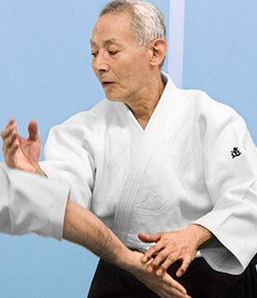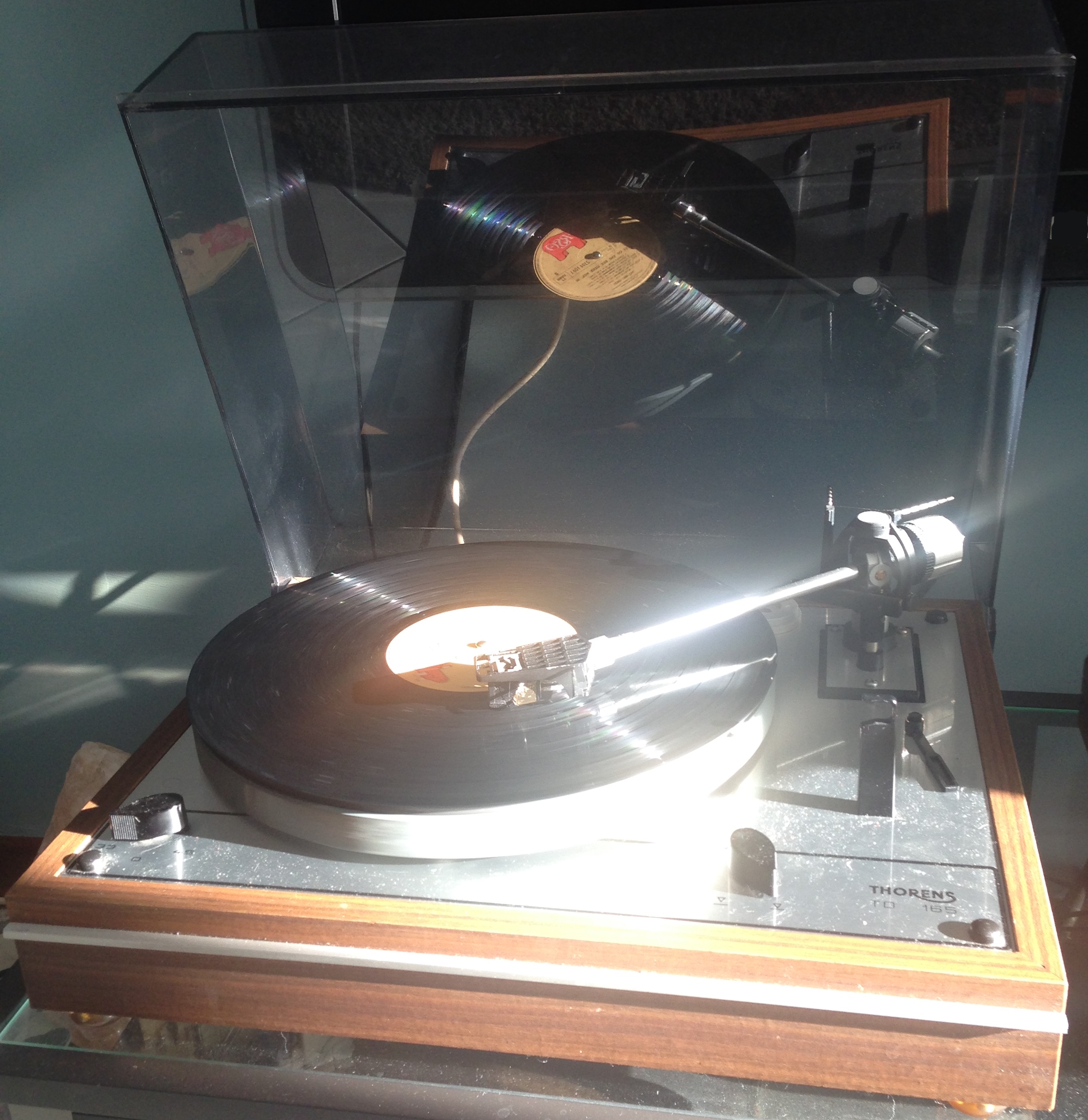
The Ki awakens – How much Aikido in Star Wars?
Star Wars. Jedis and Samurais. The Force and the Ki. How many similarities! When Luke Skywalker in the second film of the original trylogy, The Empire Strikes Back, flies to the Dagobah system to meet master Yoda, he does not recognize him in the little funny being in front of him. Annoyed, he replies to the tiny one’s many questions trying to dismiss him by saying he’s looking for a “great warrior”. “Great warrior! Great Warrior? …War not makes one great“, is master Yoda’s wise reply. Aikido founder Morihei Ueshiba would have said the same. So bear with me as the Ki awakens…
The necessity of pain for progressing in Aikido
 This sensation that we call pain in Aikido is something that has always been a source of intellectual interest to me. Indeed, why are putting ourselves through that suffering? Why do we spend hours falling, rolling, getting our wrists twisted in all directions, and receiving shocks from a partner who is supposedly a “friend”? We assume that pain is necessary to progress in the Way. This pain is our limit, it is what allows us to know and to understand. Without it we are nothing. The real difficulty is not if we should sustain it but how far can we go in the acceptance of pain. More importantly perhaps, is to assess when does it become just plain stupidity?
This sensation that we call pain in Aikido is something that has always been a source of intellectual interest to me. Indeed, why are putting ourselves through that suffering? Why do we spend hours falling, rolling, getting our wrists twisted in all directions, and receiving shocks from a partner who is supposedly a “friend”? We assume that pain is necessary to progress in the Way. This pain is our limit, it is what allows us to know and to understand. Without it we are nothing. The real difficulty is not if we should sustain it but how far can we go in the acceptance of pain. More importantly perhaps, is to assess when does it become just plain stupidity?
Di terremoti e trivelle
Domani esce la Giulia…
 Argomento futile, lo so, ma non è tanto di automobili che vorrei scrivere (anche, ma non solo). Per me la famosa Alfa Romeo è sinonimo di ricordi. Non che ce ne sia stata mai una in famiglia, ma era la mia auto dei sogni quando ero bambino. Ora che un bambino ce l’ho io, ecco che la Giulia torna sulle strade. La regina delle auto degli anni 70, un periodo così di moda oggi con la mania per il vintage che dilaga. Si stava meglio allora? Non credo, erano gli anni di piombo, non dimentichiamocelo. Ma forse le speranze di un futuro migliore erano maggiori, molto maggiori. Ed è forse quello che oggi ci manca da morire. Diventiamo nostalgici di quel periodo, di cosa si faceva, si ascoltava …e si guidava in quegli anni. Che la Giulia ci riporti la speranza?
Argomento futile, lo so, ma non è tanto di automobili che vorrei scrivere (anche, ma non solo). Per me la famosa Alfa Romeo è sinonimo di ricordi. Non che ce ne sia stata mai una in famiglia, ma era la mia auto dei sogni quando ero bambino. Ora che un bambino ce l’ho io, ecco che la Giulia torna sulle strade. La regina delle auto degli anni 70, un periodo così di moda oggi con la mania per il vintage che dilaga. Si stava meglio allora? Non credo, erano gli anni di piombo, non dimentichiamocelo. Ma forse le speranze di un futuro migliore erano maggiori, molto maggiori. Ed è forse quello che oggi ci manca da morire. Diventiamo nostalgici di quel periodo, di cosa si faceva, si ascoltava …e si guidava in quegli anni. Che la Giulia ci riporti la speranza?
Seishiro Endo for the third time in Rome – and I was not there

I’ve always claimed it: Aikido is really useful right when your morale is low. To avoid training when you are down in the dumps is a bit like avoiding food because you’re hungry. Until we don’t grasp this, we haven’t grasped the real essence of the practice.
Now, maybe I should refine the concept more, since this has just happened to me last weekend. I avoided practicing in a very important and luring seminar, even though I had paid in advance. Why? I didn’t feel like it, I had low spirits…
“Vinyl” dilemmas
 It is some time now that, in the rare occasions I have to listen to some music with my hifi system, I choose to play a vinyl record on my old Thorens TD-165 instead of a CD. It’s not about what kind of music to listen to, it’s just about listening to a vinyl record: unfolding it, cleaning it, letting the stylus descend, they all are gestures of a time gone but that are part of a relaxing ritual which is typical of using a turntable. Playing a CD would be faster, no time lost, but it would be no different from the frantic life of today’s world. What I’m looking for is an escape from this stress: we’re always on the run, so when I have some time to spend listening to music, I’d like to take a break from the frenzy. Preparing to listening to a vinyl record takes time – and this is just the point.
It is some time now that, in the rare occasions I have to listen to some music with my hifi system, I choose to play a vinyl record on my old Thorens TD-165 instead of a CD. It’s not about what kind of music to listen to, it’s just about listening to a vinyl record: unfolding it, cleaning it, letting the stylus descend, they all are gestures of a time gone but that are part of a relaxing ritual which is typical of using a turntable. Playing a CD would be faster, no time lost, but it would be no different from the frantic life of today’s world. What I’m looking for is an escape from this stress: we’re always on the run, so when I have some time to spend listening to music, I’d like to take a break from the frenzy. Preparing to listening to a vinyl record takes time – and this is just the point.
For the same reason I thought about starting a semi-commercial activity: restoring old turntables like mine and enjoy the hand work needed to eliminate the small defects due to aging; then I would resell the product, taking advantage of the vinyl resurgence of the last years. Where’s the dilemma? My own Thorens TD-165 was given to me by a friend who did not use it. It was the basic model of the brand’s production in the 70s, it was the cheapie. The top of the line was then the TD-160, more expensive still today and also widely considered still worth of high-level modern hifi systems. If I’ll be servicing old Thorens TTs, the TD-160 will sure be one of the models to focus on. But how could I work on one of them for weeks only to part from it without ever thinking about keeping one for myself?